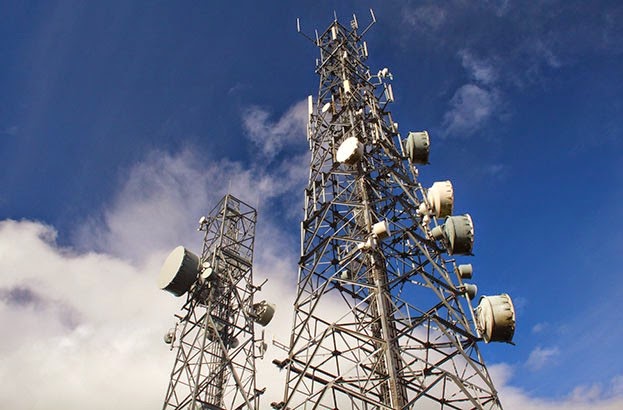The fake ‘towers’ – computers which wirelessly attack cellphones via the “baseband” chips built to allow them to communicate with their networks, can eavesdrop and even install spyware, ESD claims. They are a known technology - but the surprise is that they are in active use.
The towers were found by users of the CryptoPhone 500, one of several ultra-secure handsets that have come to market in the last couple of years, after an executive noticed his handset was “leaking” data regularly.
Its American manufacturer boasts that the handset has a “hardened” version of Android which removes 468 vulnerabilities from the OS.
Android Security: Towers in casinos
Despite its secure OS, Les Goldsmith of the handset’s US manufacturer ESD found that his personal Android security handset’s firewall showed signs of attack “80 to 90” times per hour.The leaks were traced to the mysterious towers. Despite having some of the functions of normal cellphone towers, Goldsmith says their function is rather different. He describes them as “interceptors” and says that various models can eavesdrop and even push spyware to devices. Normal cellphones cannot detect them – only specialized hardware such as ESD’s Android security handsets.
Who created the towers and maintains them is unknown, Goldsmith says.
Origin of towers ‘unknown’
“Interceptor use in the U.S. is much higher than people had anticipated,” Goldsmith says. “One of our customers took a road trip from Florida to North Carolina and he found eight different interceptors on that trip. We even found one at South Point Casino in Las Vegas.”Their existence can only be seen on specialized devices, such as the custom Android security OS used by Cryptophone, which includes various security features – including “baseband attack detection.”
The handset, based on a Samsung Galaxy SIII, is described as offering, a “Hardened Android operating system” offering extra security. “Baseband firewall protects against over-the-air attacks with constant monitoring of baseband processor activity, baseband attack detection, and automated initiation of countermeasures”, claims the site.
“What we find suspicious is that a lot of these interceptors are right on top of U.S. military bases.” says Goldsmith. “Whose interceptor is it? Who are they, that’s listening to calls around military bases? The point is: we don’t really know whose they are.”
Baseband attacks are considered extremely difficult – the details of the chips are closely guarded. “Interceptors” are costly devices – and hacking baseband chips is thought to be technically advanced beyond the reach of “ordinary” hackers, ESD says. The devices vary in form, and are sold to government agencies and others, but are computers with specialized software designed to defeat the encryption of cellphone networks. The towers target the “Baseband” operating system of cellphones – a secondary OS which sits “between” iOS or Android, for instance, and the cellular network.
Goldsmith says that the devices cost “less than $100,000” and does not mention what level or type of device his team has detected. Most are still out of reach of average hackers, although freely advertised. One model is the VME Dominator, which is described as, “a real time GSM A5.1 cell phone interceptor. It cannot be detected. It allows interception of voice and text. It also allows voice manipulation, up or down channel blocking, text intercept and modification, calling & sending text on behalf of the user, and directional finding of a user during random monitoring of calls.”
What has come as a surprise is how many “interceptors” are in active use in the U.S., and that their purpose remains mysterious.
Looks some really sneaky and underhanded stuff from our local government. Maybe from the secret Gull Organization itself. Let me what your thoughts are on this.

No comments:
Post a Comment